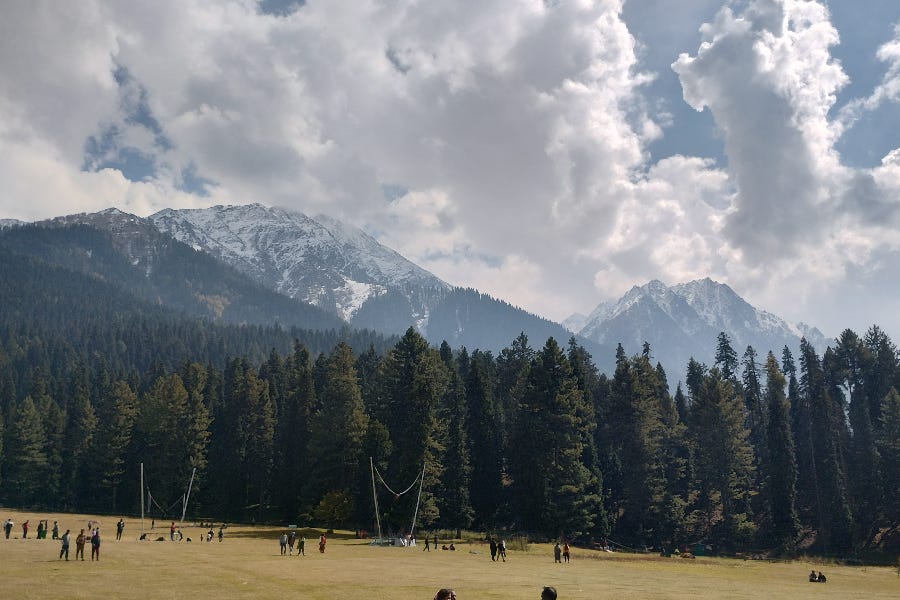Bishop: Ceasefire spared India and Pakistan ‘very dangerous war’
Catholics on both sides of the border prayed strenously for peace.
A bishop said Sunday that a U.S.-brokered ceasefire has saved India and Pakistan from a “very dangerous war.”

Bishop Samson Shukardin, the president of Pakistan’s bishops’ conference, told UCA …
